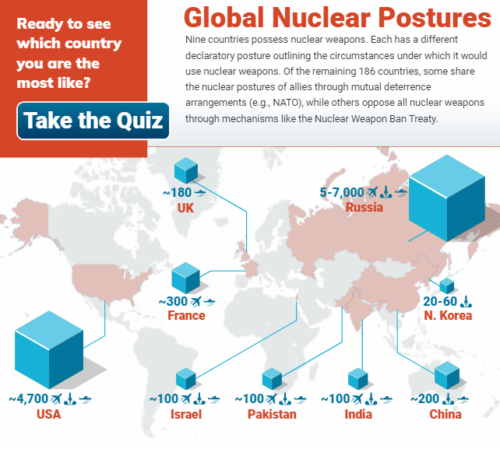
United States

Country Spotlight
In July 1945, the United States conducted the first nuclear test, and one month later became the first and only country to use nuclear weapons in war. The U.S. currently maintains one of the world’s largest nuclear arsenals with a triad of delivery systems. Preventing the spread of weapons of mass destruction is traditionally a top priority of U.S. foreign policy.
See the U.S. performance in
Region North America
3,608 Strategic nuclear warheads (~1,670 warheads deployed and ~1,938 held in reserve)
~1,720 Nuclear warheads awaiting dismantlement
100 Nuclear gravity bombs deployed to five NATO countries as part of extended deterrence policy
$634 billion Estimated cost of nuclear forces in the 2020s
Nuclear
- Manhattan Project during WWII developed world's first nuclear reactor and nuclear bomb
- Peak stockpile size of 31,255 nuclear warheads in 1967
- Conducted 1,054 nuclear tests between 1945-1992, unilateral testing moratorium since 1992

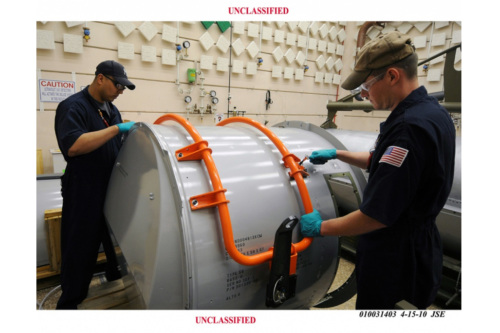
Overview of the Nuclear Disarmament Resource Collection
Biological
- Maintained biological weapons program from 1943-1973; weaponized anthrax, tularemia, VEE, Botulinum Toxin, and staphylococcal enterotoxin B (SEB)
- Renounced biological weapons in 1969; destroyed entire BW stockpile by 1973
- Maintains extensive biodefense laboratory network
United States Biological Overview
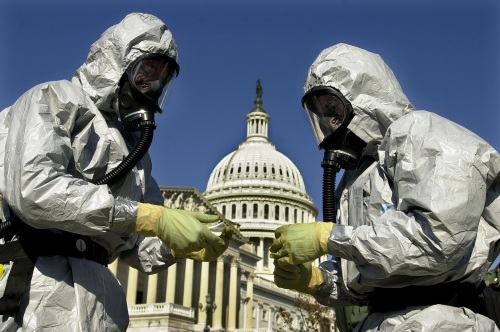
Tutorial on Biological Weapons Nonproliferation
Missile
- Deploys 400 LGM-30G Minuteman III nuclear-tipped intercontinental ballistic missiles (ICBM) at bases in Montana, North Dakota, and Wyoming
- Deploys 240 UGM-133A Trident II D-5 submarine launched ballistic missiles (SLBM) on 14 Ohio-class nuclear-powered ballistic missile submarines (SSBN)
- Developing missiles formerly banned by Intermediate-Range Nuclear Forces Treaty (INF), from which U.S. withdrew in 2019
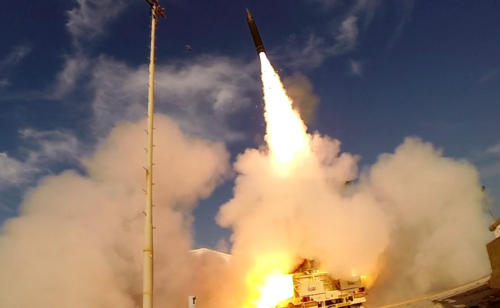
The CNS Global Missile Defense Engagements Database
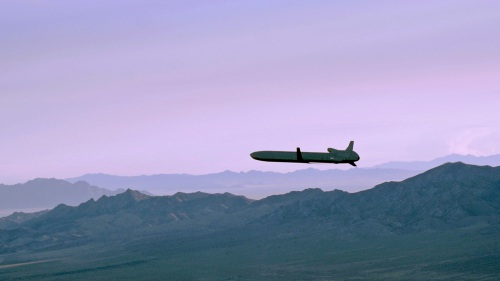
Tutorial on Missiles and Other WMD Delivery Systems
Chemical
- Manufactured, stockpiled, and used mustard gas and phosgene during WWI
- Signed the Bilateral Destruction Agreement (BDA) in 1990, halting all production of new U.S. and Soviet chemical weapons
- Completed the destruction of its chemical weapon stockpiles in July 2023
United States Chemical Overview
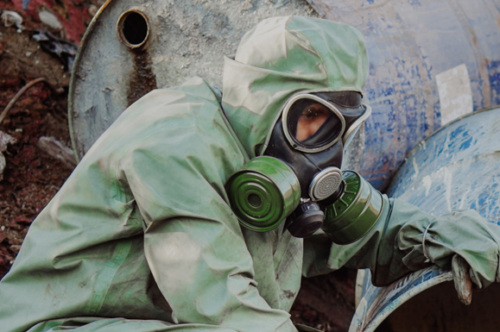
Tutorial on Chemical Weapons Nonproliferation
Treaties and Regimes Memberships
Analysis
United States
Nuclear Disarmament United States
Information and analysis of nuclear weapons disarmament proposals and progress in the United States.
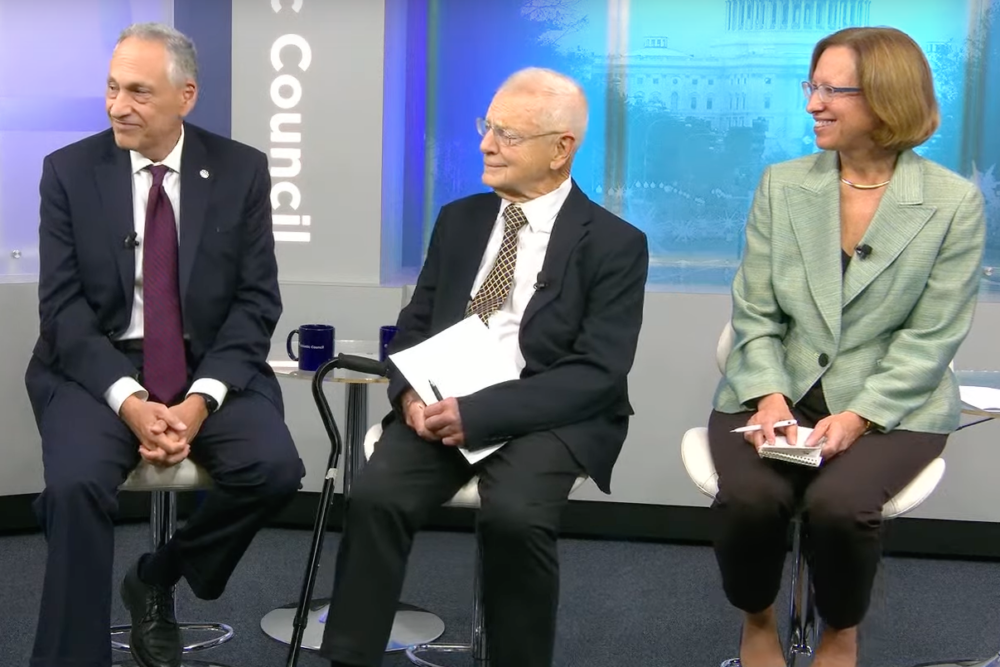
NTI’s Lynn Rusten on the Costly and Potentially Destabilizing Recommendations in the 2023 Strategic Posture Commission Report
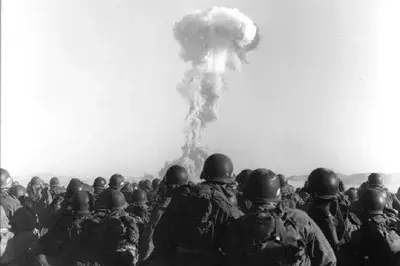
Mushroom Clouds That Never Vanished: The Fight to Secure Compensation for Nuclear Test Victims

Education Center
Extensive resources on nuclear policy, biological threats, radiological security, cyber threats and more.
Sources
U.S. Department of State, Fact Sheet: Transparency in the U.S. Nuclear Weapons Stockpile, October 5, 2021, www.state.gov
Robert S. Norris and Hans M. Kristensen, “United States Nuclear Forces, 2022,” Bulletin of the Atomic Scientists 78, No. 3, www.thebulletin.org.
“Projected Cost of U.S. Nuclear Arsenal Rises | Arms Control Association.” Accessed July 13, 2021. https://www.armscontrol.org/.
Hans M. Kristensen and Robert Norris, “Global Nuclear Weapons Inventories, 1945-2009,” Bulletin of the Atomic Scientists 65, No. 4, 2009, www.thebulletin.org.
Jeanne Guillemin, Biological Weapons: From the Invention of State-sponsored Programs to Contemporary Bioterrorism, (New York: Columbia University Press, 2005),
Jonathon B. Tucker, War of Nerves: Chemical Warfare from World War I to Al-Qaeda (New York: Anchor Books, 2007).
Kingston Reif and Shannon Bugos, “U.S. Tests Second Medium-Range Missile,” Arms Control Today, January/February 2020, www.armscontrol.org
